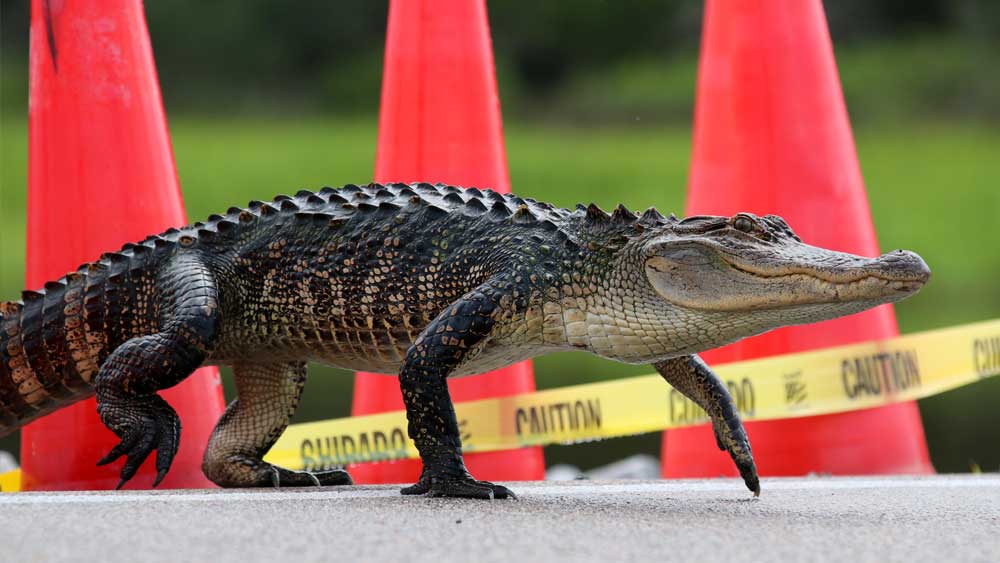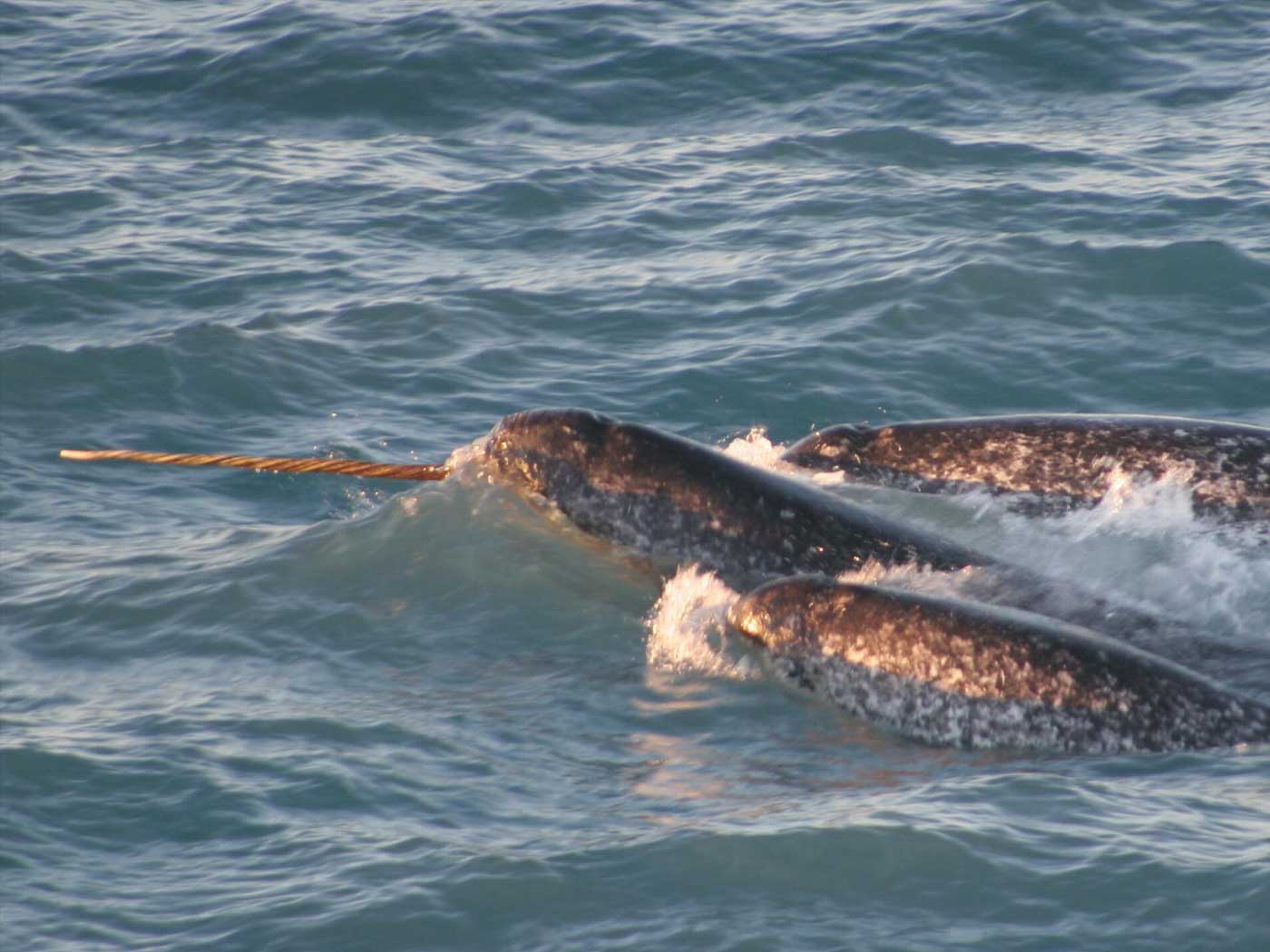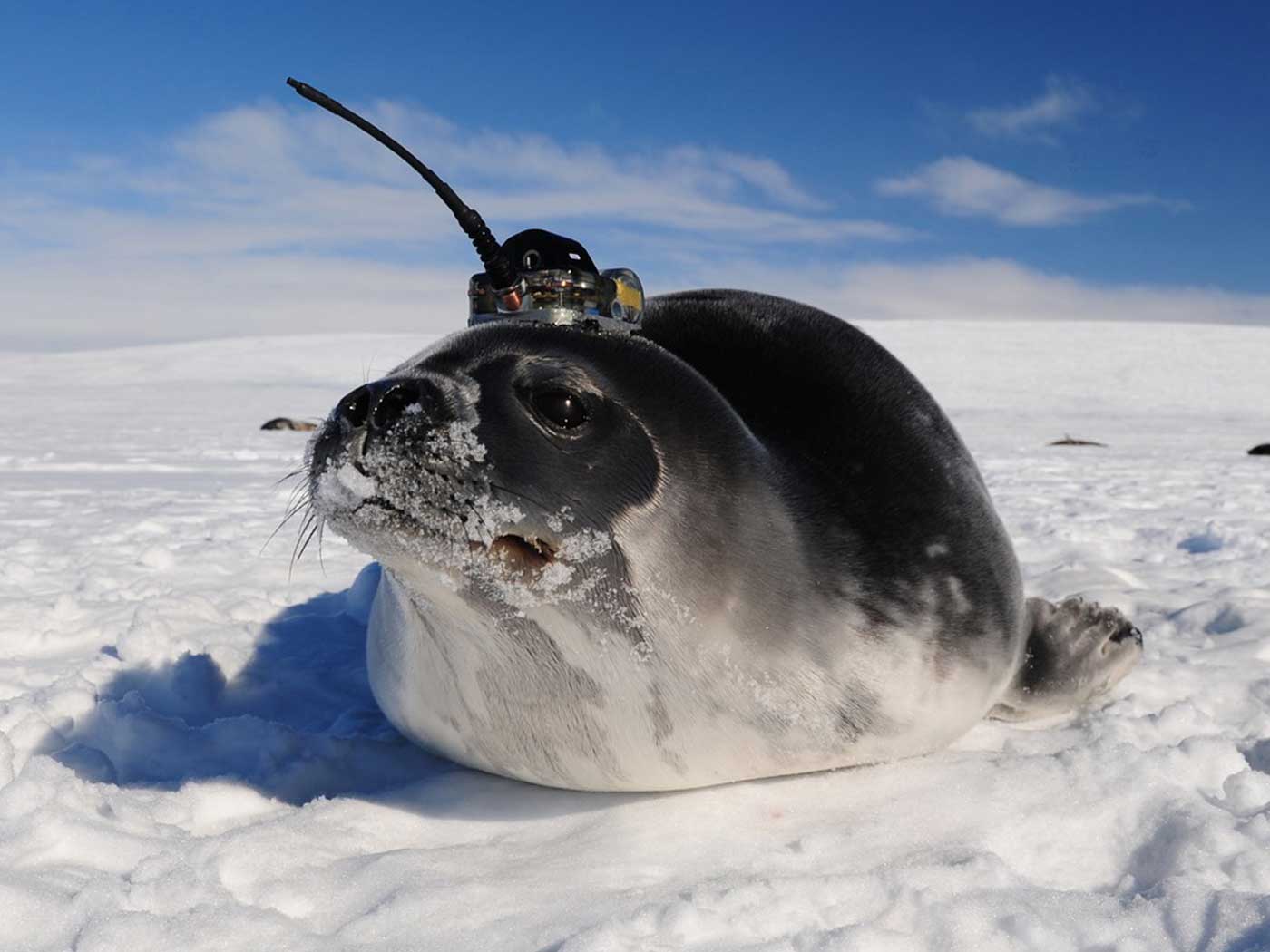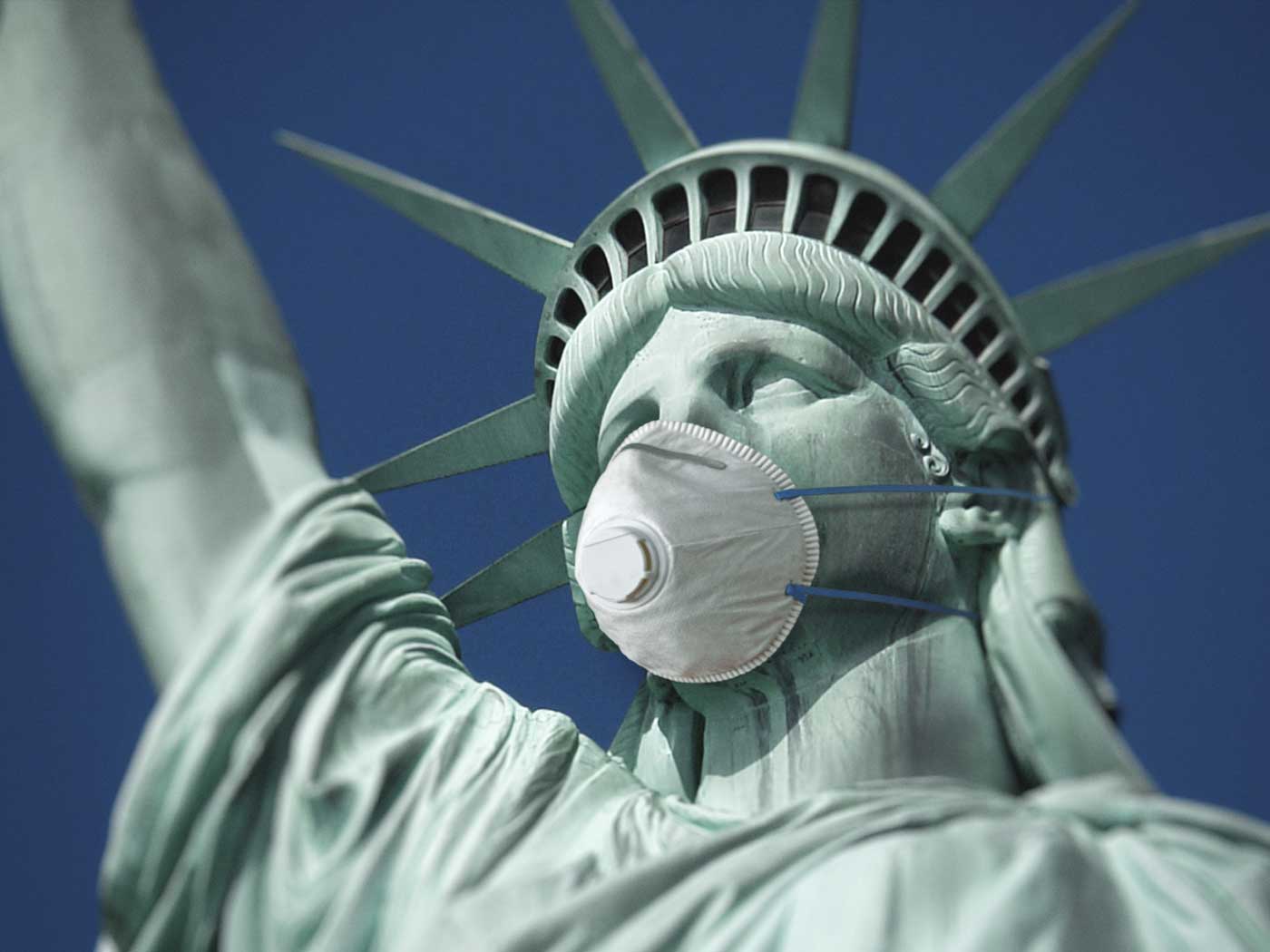When in houses humans stay, wild critters come out to play! It seems that coronavirus has beckoned wild critters to come boldly into human habitations that appear deserted due to mandated shelter-in-place shutdowns.
Can you imagine a bustling, busy city, full of streets and buildings, depopulated of people, then repopulated by wild dogs and reptiles? Would that sight leave you wide-eyed and whopper-jawed?
Such concepts, for many, appeared hard to imagine, but—thanks to COVID-19 response shutdowns—not anymore! While local human residents are shut-in, wild animals are now roaming many urban streets and sidewalks and prowling around suburban neighborhoods.
Consider these examples, when wild animals abandon their natural fear of humans1 and take to the streets.
Wild canines, boldly intruding into city streets and suburban neighborhoods, include coyotes in San Francisco, California.2,3 Some coyotes are enjoying time on the Golden Gate Bridge.3
Likewise, wild reptiles confidently saunter about in human communities, including beach-faring alligators in South Carolina.2
Other wild mammals visiting urban and suburban shutdown-sheltered districts include wild deer in Nara, Japan,3,4 and in London, England;2,4 pumas in Santiago, Chile;2,3,4 lions lying in the roadway—napping—in South Africa;5 wild boar in Bergamo, Italy,3,4 in Haifa, Israel,4 and in Barcelona, Spain;2 monkey jamborees in the streets of Lopburi, Thailand;2 Kashmiri mountain goats in Llandudno, Wales;2,3,4 mountain goats in Paris, France,4 and more.3
Maybe some of the Israelis in Haifa—as they try to dodge wild boar in streets and alleys—will recall that the Hebrew Bible predicted times when wild animals would roam cities in turmoil.
The Old Testament reports prophecies involving civilizations that incur God’s judgment, with once-populated cities being destroyed to the point of depopulation—or, more accurately, the human populations of those punished cities are to be replaced by wild animals.
Isaiah predicted that Babylon would be destroyed and repopulated by wild beasts, such as wild canines and wild reptiles.6 Such prophecies are easier to imagine nowadays.
Meanwhile, when in houses humans stay, wild critters come out to play.7
References
1. Genesis 9:2.
2. Staff Writer. 2020. Coronavirus: Animals Takeover Cities during Self-isolation. BBC Newsround. Posted on bbc.co.uk April 11, 2020, accessed April 21, 2020.
3. Colarossi, N. 2020. Photos Show Wild Animals Roaming Empty Streets as Coronavirus Lockdowns Keep Humans Inside. Insider. Posted on insider.com April 2, 2020, accessed April 21, 2020.
4. Ciaccia, C. 2020. Wild Animals have Taken Over the Streets in Major Cities Because of the Coronavirus Pandemic. Fox News. Posted on foxnews.com April 3, 2020, accessed April 21, 2020. See also Williams, D. 2020. Beware the Boar: Wild Pigs Patrol Israeli City under Coronavirus Closure. Reuters. Posted on www.reuters.com April 17, 2020, accessed April 21, 2020.
5. Rogers, J. 2020. Lions Spotted Napping on Road during Coronavirus Lockdown. Fox News. Posted on foxnews.com April 17, 2020, accessed April 21, 2020.
6. Isaiah 13:21-22 refers to wild canines because the Hebrew nouns ’Åchîm and ’îyyîm indicate hyenas and jackals. The Hebrew noun tannîm is usually translated “dragons” (i.e., reptiles like lizards and snakes). Isaiah 34:11 prophesies wild beasts overrunning Edom. Similarly, Zephaniah 2:13-14 foretells wild beasts overrunning Nineveh. See also Cansdale, G. S. 1976. All the Animals of the Bible Lands, Grand Rapids, MI: Zondervan Publishing House, 124, 134, 137, 175, 252-253, 263-265.
7. Of course, as Patrick Barkham indicates, urban and suburban places have been occasionally visited by wild animals (before COVID-19 shutdowns) as once-wild habitats are deforested, or otherwise destroyed, for modern development of residential neighborhoods and/or industrialized districts. Barkham, P. 2017. Urban Beasts: How Wild Animals have Moved into Cities. The Guardian. Posted on theguardian May 20, 2017, accessed April 21, 2020. Brakham reports: “Rome has a problem with wild boar; wolves mingle with suburban Germans; mountain lions frequent LA. All around the world, city life seems increasingly conducive to wildlife . . . Urban ecology may be a burgeoning new discipline, but wild animals have always lived in cities. Birds and mammals ranged through the cities of ancient Egypt. These days, post-industrial landscapes are particularly hospitable to wildlife. The wolves that returned to Germany at the turn of the century first made their homes in former military zones still emptied of people, or in open-cast mining sites. Finnish hunters complain that resurgent wolves enjoy space and peace in the border zone with Russia. The demilitarised zone between North and South Korea is similarly rich in wildlife.”
*Dr. Johnson is Associate Professor of Apologetics and Chief Academic Officer at the Institute for Creation Research.

Wild Animals Now Roaming City Streets
The Latest
May 2024 ICR Wallpaper
"Have I not commanded you? Be strong and of good courage; do not be afraid, nor be dismayed, for the LORD your God is with you wherever you...
Was a Key to Photosynthesis Evolution Discovered?
Northern Canadian lakes were the source of recently discovered unique photosynthetic bacteria of the phylum Chloroflexota. After years of culturing,...
CREATION PODCAST
Four Moons That Indicate a Young Universe | The Creation Podcast:...
Earth has one moon, but Jupiter has many! What can we learn from our celestial neighbor's satellites? Do they indicate youth?
Host...
Creation Kids: Seeds and Sprouts
by Renée Dusseau and Susan Windsor*
You're never too young to be a creation scientist and explore our Creator's world. Kids, discover...
APOLOGETICS
Christ’s Creativity in Canyon Critters
Grand Canyon animals display many marvelous traits and behaviors as they live life in that harsh habitat. These canyon creatures succeed thanks to the...
Standing Against False Science
I’m Michael Stamp, and I’m in my 12th year as an editor at the Institute for Creation Research. It’s always an encouragement to see...
Oysters and Pre-Flood Longevity
The oyster species Crassostrea virginica, also known as the eastern oyster, is a prized seafood. Research has demonstrated that a fossil version of...
Galápagos Finches: A Case Study in Evolution or Adaptive Engineering?
A group of birds known as Darwin’s finches live in the Galápagos Islands, which are located in the Pacific Ocean 600 miles west of Ecuador....
Hot Springs National Park: Hydrothermal Springs Formed By The...
Hot Springs National Park is located about an hour southwest of Little Rock in the folded Ouachita Mountains of central Arkansas. It is the second smallest...
Why Biology Needs A Theory of Biological Design—Part 2
“Based on a true story” is included by movie producers to add authenticity, importance, and a flair of anticipation. So, my account of how...

























